The Movement of Collectives and Shock Workers Brigades of Communist Labour
[Dvizheniye kollektivov i udarnikov kommunisticheskogo truda]
Udarniki Kommunisticheskogo Truda [shock workers of communist labour] are advanced participants in the mass movement of the working people of the USSR for a communist attitude to work, for the creation of the material and technical base of communism, and the education of a person in a communist society. The title of Collective and Collective of Communist Labour is assigned by trade union organizations to brigades, workshops, sections, departments, socialist enterprises, organizations, and individual workers who systematically achieve outstanding success in work and study, setting an example of camaraderie and collectivism in work, high consciousness in public affairs and personal behaviour.
Initially, in the late 1950s, this movement had the character of competition between small collectives and individual workers for the title of brigades and shock workers of communist labour. Like all previous forms of socialist competition (for example, shock work, the Stakhanovist Movement), the movement for a communist attitude to labour sets the task of achieving the highest productivity of labour. However, this movement has its own distinctive features. “The main feature of the competition for the title of brigades and shock workers of communist labour,” was indicated in the Greeting of the Central Committee of the CPSU to the participants of the All-Union Conference of the foremost workers of the competition of brigades and shock workers of communist labour, “is that it organically combines the struggle to achieve the highest labour productivity on the basis of the latest discoveries of science and technology and the upbringing of a new man – the master of his country, who constantly looks ahead, dares, thinks, creates. Linking together work, study and everyday life, this competition has an active influence on all aspects of human life and activity, is an important factor in erasing the essential differences between mental and physical labour” (Pravda, 1960, May 28, p. 1).
The movement was prepared by the entire previous development of Soviet society, the victory of socialism in the USSR, the rise of the country’s productive forces, scientific and technological progress, the growth of the consciousness of the masses, and the rise in the material and cultural standard of living of the people. It originated in the working class during the competition in honour of the 21st Congress of the CPSU. The initiator was the Komsomol youth brigade (master V. I. Stanilevich) of the roller guild of the Moscow-Sortirovochnaya railway depot (the birthplace of the first communist subbotnik in 1919). On October 11, 1958, at a meeting of communists and Komsomol members of the guild, and on October 18, 1958, at a general meeting of the guild’s staff, it was decided to accept socialist obligations of a new nature, including, in addition to overfulfilling the industrial financial plan, universal education [vseobshchaia ucheba] and the upbringing of communist consciousness. Competitors proclaimed as their motto: “Learn to work and live in a communist way.”
The call for the competition was picked up across the country. At the initiative of the youth of Leningrad, Moscow, Donbas, a competition began for workers who were not part of the production teams for the title of Shock Worker of Communist Labour. In the spring of 1959, the initiative was met with wide support of the foreman [brigadir] of the spinners of the Vyshnevolotsk cotton mill V. I. Gaganova, who on October 13, 1958, of her own free will, moved from the advanced brigade to the lagging one in order to bring it to the forefront, although this was due to a reduction in her wages. At the end of 1958, on the initiative of the staff of the Baku Carriage Repair Plant named after The October Revolution began a competition for the title of Communist Labour Enterprise [predpriiatiie kommunisticheskogo truda]. On May 27-30, 1960, in Moscow was held the All-Union Conference of the foremost workers of the competition for the title of brigades and shock workers of communist labour. After the adoption by the 22nd Congress of the new Program of the CPSU (October 1961), the participants in the movement for a communist attitude to work based their moral and ethical obligations on the moral code of the builder of communism, proclaimed by the Program of the CPSU. On April 25–27, 1963, was held the Second All-Union Conference of the Leaders of the Movement for a Communist Attitude to Labour, summarizing the experience of the competitors.
Participants in the competition are striving for the early fulfilment of state plans, tasks for raising labour productivity in industry and agriculture, in transport, construction, in the sphere of consumer services, for excellent product quality, they are fighting for the intensification and increase in the efficiency of socialist production, for increasing its profitability. On the initiative of shock workers, public design bureaus, public economic analysis groups, research laboratories and institutes, councils of innovators, and schools of communist labour are being created. Shock workers set an example not only in work but also in personal behaviour, helping each other in advanced training, in political and general education, in everyday life, organizing joint recreation, cultural entertainment, participating in amateur performances and sports, conducting patronage work on collective farms, and schools. They have a social impact on violators of labour discipline and norms of behaviour outside of production sites, and actively participate in the people’s squads for the protection of order [narodnyie druzhyny okhrany poriadka].
Shock workers, collectives of brigades, workshops, and enterprises of communist labour (construction sites, organizations, state farms) systematically report on their work; for those who successfully fulfil their obligations in the competition, the title is retained.
According to the data of the All-Union Central Council of Trade Unions, as of January 1, 1972, 42,462,000 people (50.3% of those employed) took part in the movement for a communist attitude to work (according to individual socialist obligations). 106,7 thousand enterprises and organizations, 767,7 thousand workshops, sites, departments, units, over 1,997 thousand brigades in industry, construction, transport, agriculture, trade, etc. competed for the title of collectives of communist labour. 4,900 enterprises and organizations, more than 236,000 workshops, sections, departments, and sections, and 754,600 brigades have won the title of collectives of communist labour. 19,6 million people were awarded the title of shock worker of communist labour (46,2% of the total number of participants in the movement for a communist attitude to work). The movement for a communist attitude to work reached a particular scale during the nationwide competition in honour of the 100th anniversary of the birth of Vladimir Illich Lenin, as a result of the political and labour upsurge caused by the decisions of the 24th Congress of the CPSU.
The resolution of the Central Committee of the CPSU “On the Further Improvement of the Organization of Socialist Competition,” indicates the importance of collectives and shock workers of communist labour in solving the political and economic problems of the Soviet people. The resolution states: “Party and economic bodies, trade unions, Komsomol organizations are called upon to actively support the movement for a communist attitude to work, to enrich all forms of socialist competition with the experience of this movement, to be more demanding in conferring and confirming the titles of collectives and shock workers of communist labour. Collectives and individual workers awarded with these honorary titles should be a genuine example in achieving the highest performance in work, improving professional skills, cultural and technical level and observing the norms of communist morality” (Pravda, 1971, September 5, p. 2).
In 1959, a movement of collectives and shock workers of socialist labour arose in a number of socialist countries (Bulgaria, Czechoslovakia, the GDR, Poland, Hungary, Romania, and the Mongolian PR). In Bulgaria, in 1961 the movement of brigades of socialist labour developed into a competition for the title of collectives and shock workers of communist labour.
Literature:
- Brezhnev L. I., Resheniya XXIV siezda KPSS – boyevaya programma deyatel’nosti sovetskikh profsoyuzov. Rech’ na XV siezde profsoyuzov SSSR 20 marta 1972 goda, Moscow, 1972.
- Vsesoyuznoye soveshchaniye peredovikov sorevnovaniya brigad i udarnikov kommunisticheskogo truda. Moscow, 27-30 May, 1960.
- Grishin V. V., Vsemerno razvivat’ sorevnovaniye brigad i udarnikov kommunisticheskogo truda, Moscow, 1960.
- Shelepin A. N., Otchetnyi doklad Vsesoiuznogo Tsentral’nogo Soveta Professional’nykh Soiuzov XV siezdu profsoiuzov SSSR, Moscow, 1972.
- Gaganova V., Ne radi korysti, Moscow, 1959.
- Kak eto bylo… [Depo Moskva-Sortirovochnaya], Moscow, 1960.
- Gershberg S. P., Dvizheniye kollektivov i udarnikov kommunisticheskogo truda, M., 1961.
- Velikoye dvizheniye sovremennosti. Sb. statey, Moscow, 1964.
- Uchim se da rabotim i zhiveyem po komunisticheski, Sofia (Bulgaria), 1962.

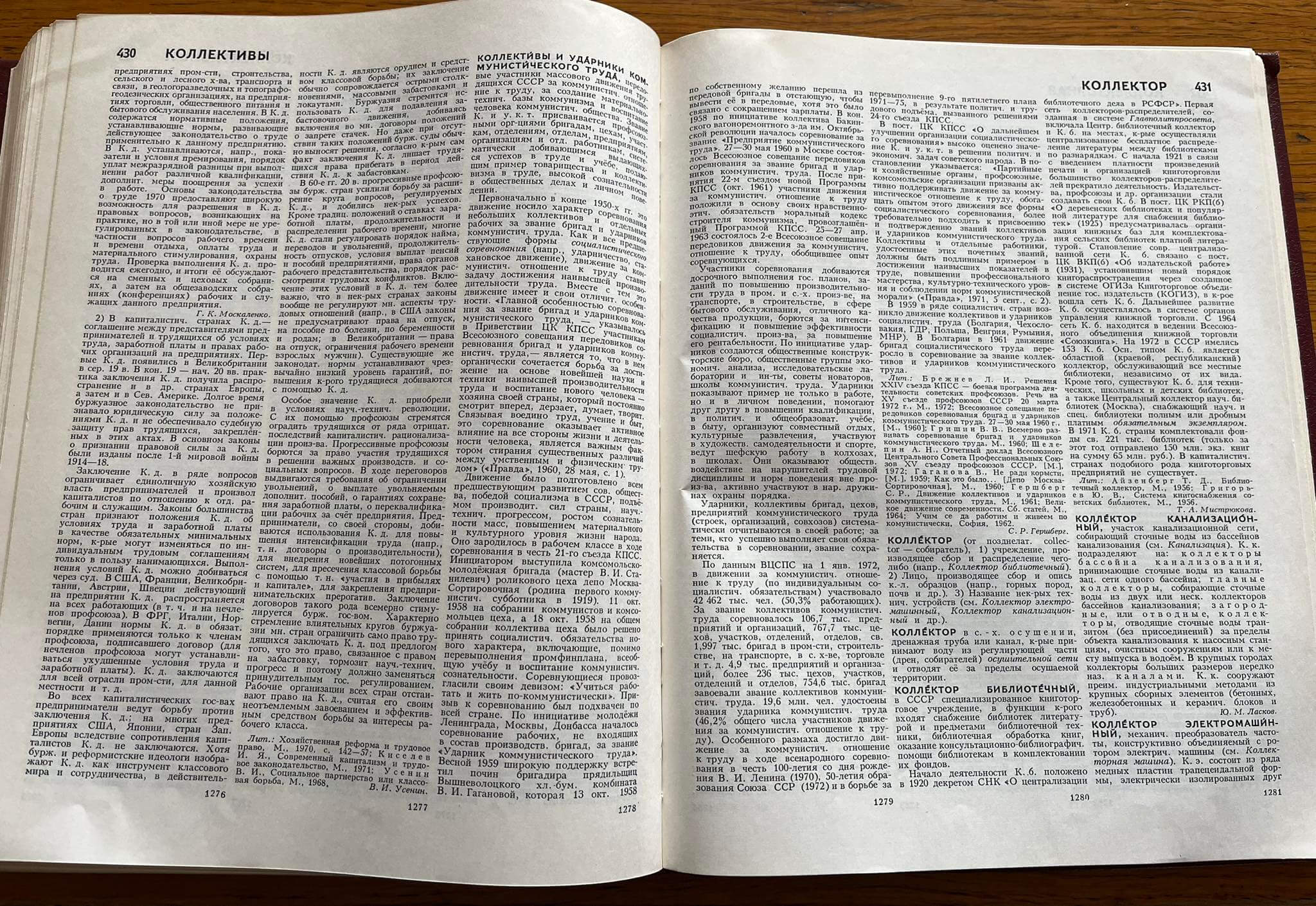

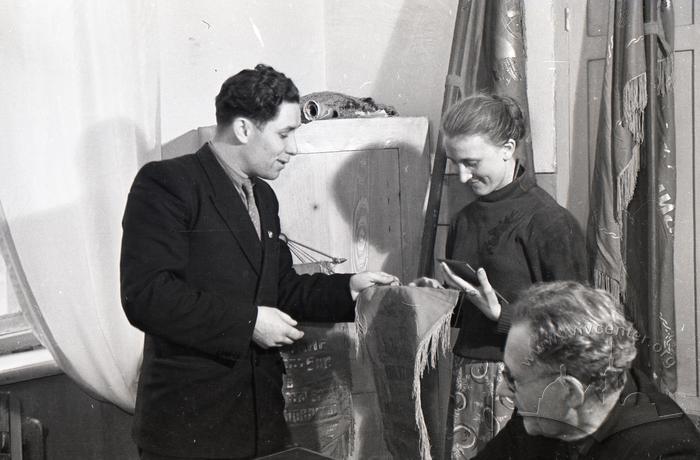
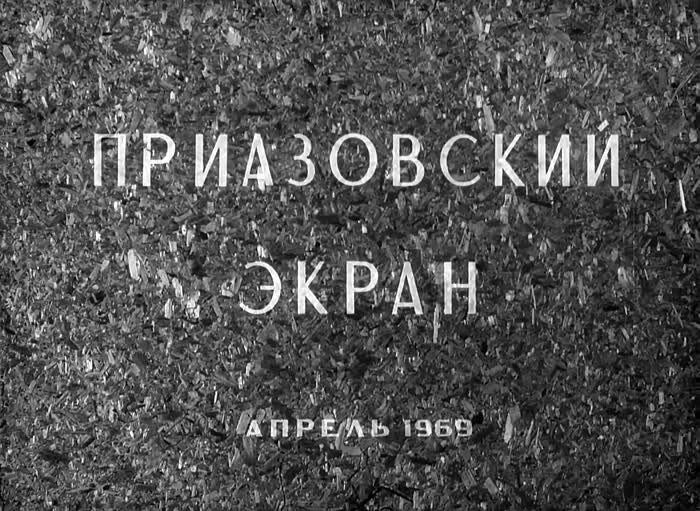

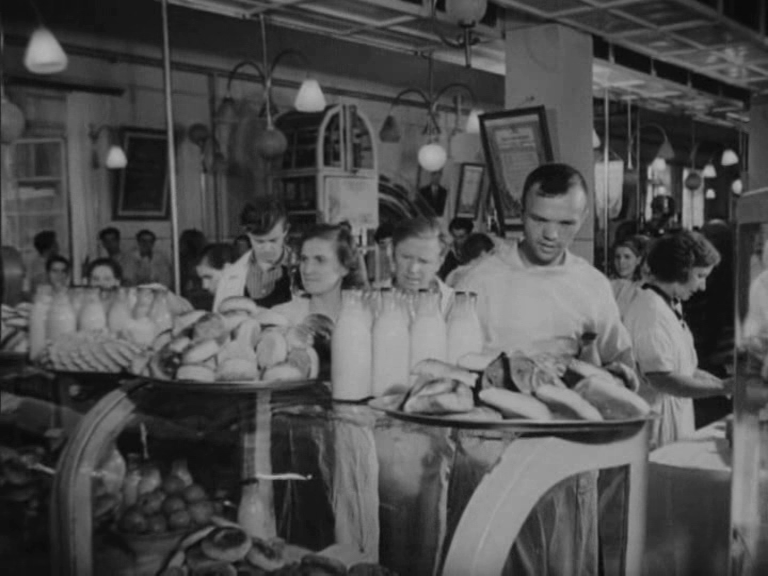
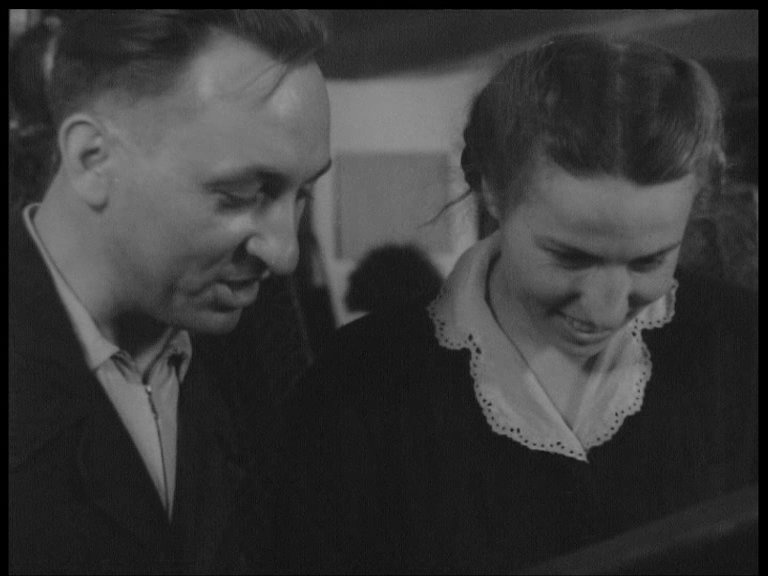
This article is part of the Soviet Encyclopedia and was written by Semion Romanovych (in life Srul Rakhmilevich) Gershberg (1908-1984). He was a researcher of Soviet history who specialized in the topic of “labor strikers”. From 1931 to 1949, Gershberg worked for the Pravda newspaper and was fired during the 1949 anti-Semitic campaign in the USSR. Since 1949, he worked at the publishing house “Soviet Encyclopedia”, where he held the position of deputy head of the editorial board. In 1961, he published the book “Movement of Collectives and Strikers of Communist Labor” and based on this research created the same article for the Great Soviet Encyclopedia (third edition 1969-1978, which consists of 30 volumes). This text contains the main ideological postulates of Soviet percussion in the 1950s and 1960s.